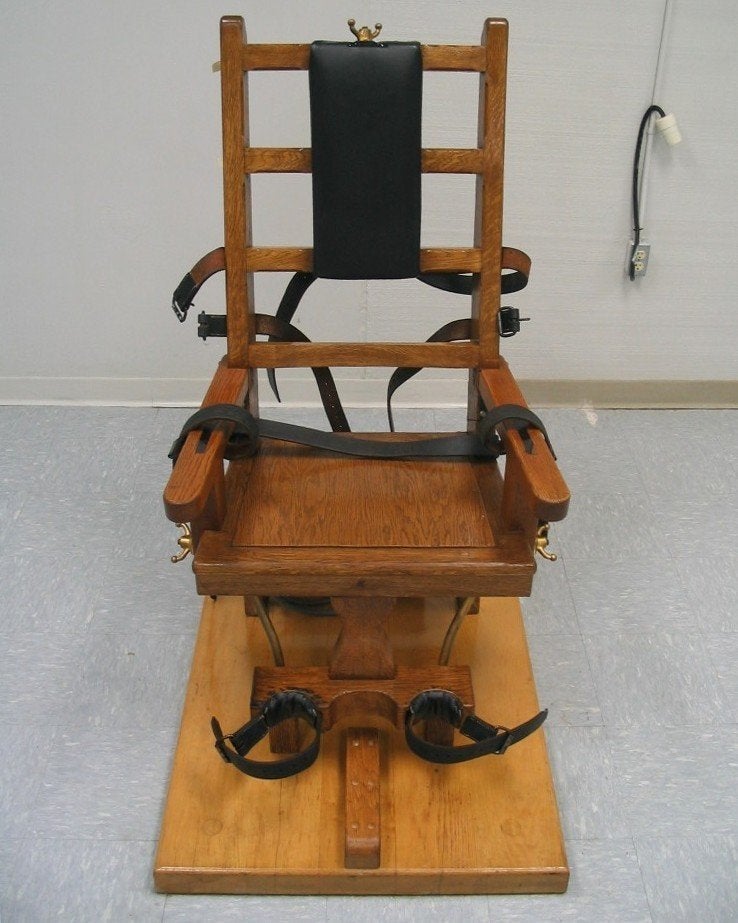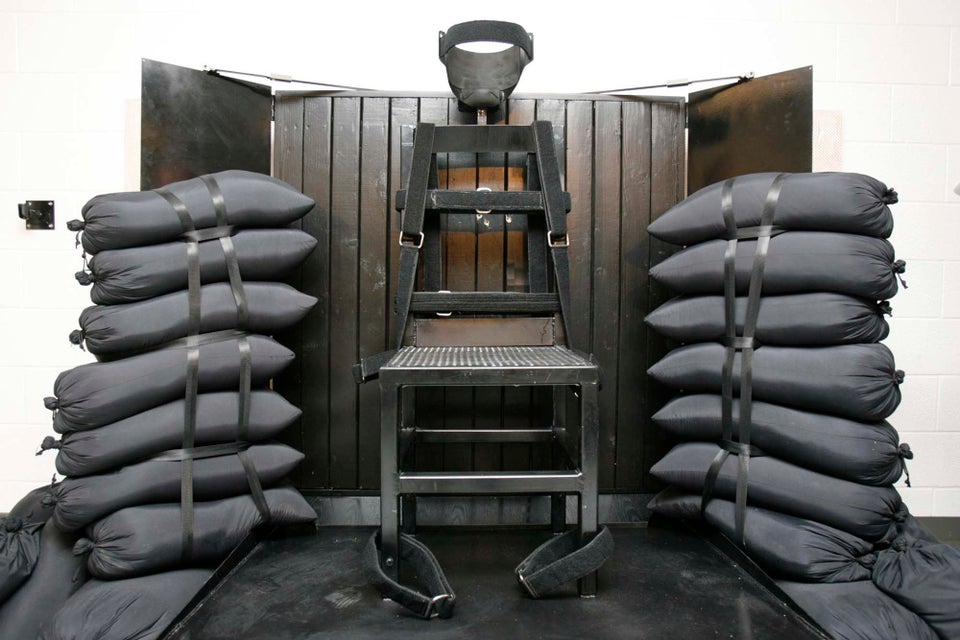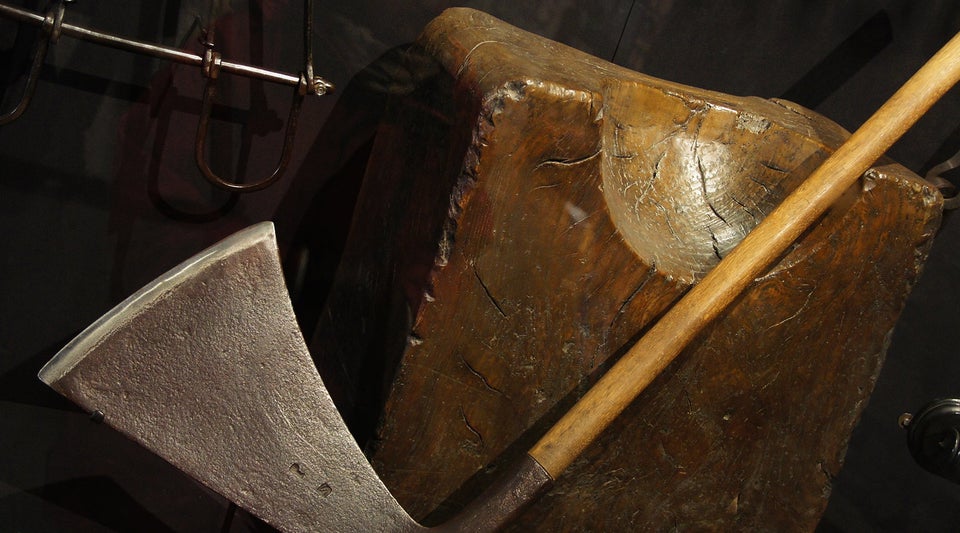Texas Gov. Rick Perry (R) defended the use of capital punishment and lethal injections Sunday, after the disastrous execution of Clayton Lockett in Oklahoma on Tuesday renewed a national debate on the practices.
Perry, whose state has put more prisoners to death than any other since 1976, acknowledged that Lockett's execution was "botched" but stopped short of calling it "inhumane."
"I don't know whether it was inhumane or not, but it was botched," Perry said on NBC's "Meet the Press." "There's an appropriate way to deal with this and obviously something went terribly wrong."
Lockett's execution took more than 40 minutes after his lethal injection went awry. According to witnesses, he twitched and gasped and said "oh man" after officials deemed he was unconscious. Lockett was found guilty of shooting a 19-year-old woman and burying her alive in 1999.
Texas has executed more than 500 people since the Supreme Court affirmed the practice's constitutionality in 1976. Perry himself has been a staunch defender of executions, and he's closely linked with capital punishment in the public mind. During a 2011 Republican presidential primary debate, Perry was applauded for the amount of people Texas has put to death.
On Sunday, Perry said that Texas had "an appropriate process in place" and that the state's procedures were "very different" from those in Oklahoma.
"In Texas, our citizens have decided that if you kill our children, or kill our police officers, for those very heinous crimes the appropriate punishment is the death penalty," Perry said. "I think we have an appropriate process in place, from the standpoint of appeals, and the process of the actual execution is very different from Oklahoma. We only use one drug. I'm confident that the way that executions are taken care of in the state of Texas are appropriate and humane."
Before You Go

















